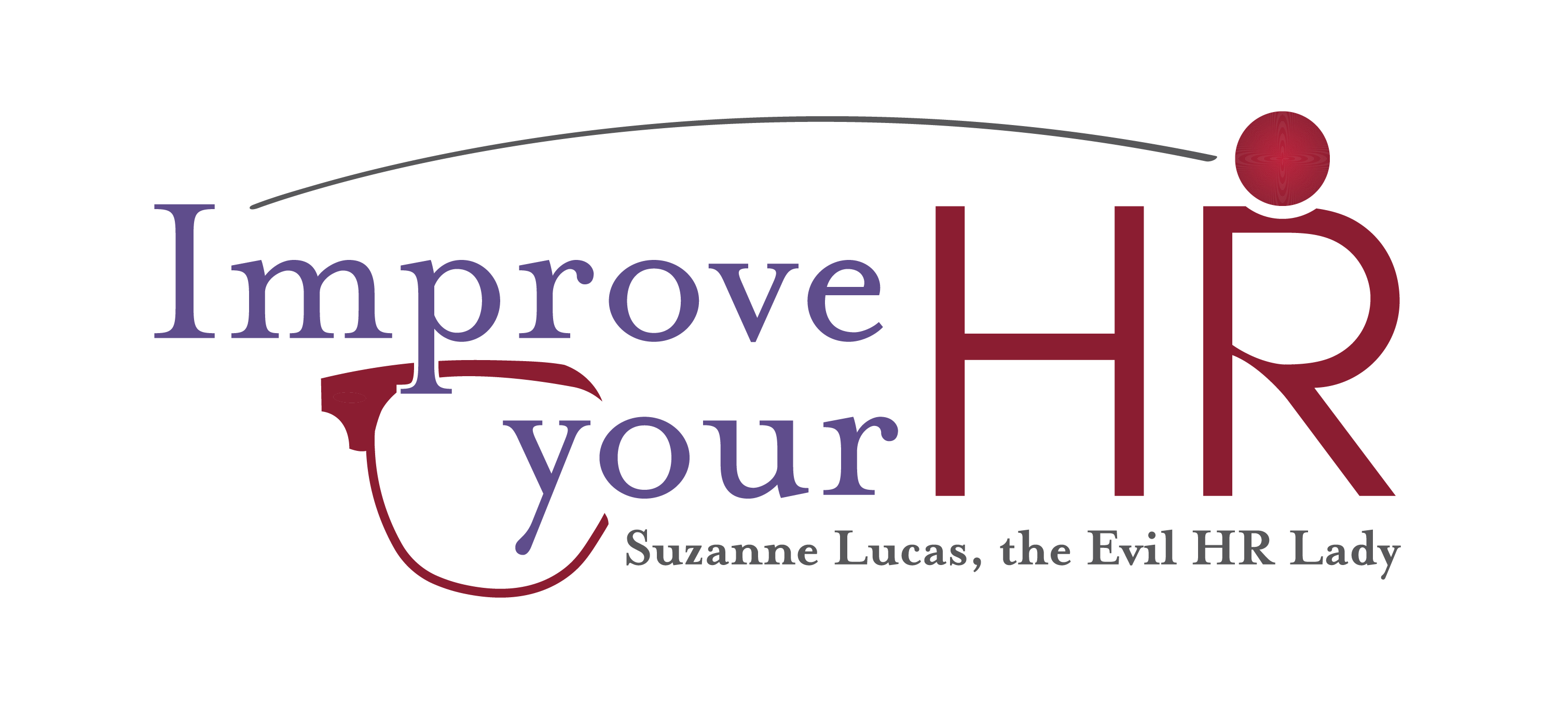Research shows that 79% of recruiters believe that “people won’t be involved in recruitment” in the future. Additionally, 56% of people think hiring decisions should always be done by a human.
If U.S. Senators Bob Casey (D-PA) and Brian Schatz (D-HI)’s new “No Robot Bosses” act becomes law, humans will have to stay involved. “As robot bosses become more prevalent in the workplace,” Casey said, “we have an obligation to protect working families from the dangers of employers misusing and abusing these novel technologies.”
With so many recruiters believing they can be replaced, I decided to look into what today’s AI technology looks like when it evaluates resumes. This is especially keeping in mind that just five years ago, Amazon stopped using their custom AI technology because it discriminated against women.
Has AI gotten better? I asked professionals to run their own resumes through ChatGPT and ask it to identify potential red flags. The results indicate that perhaps it’s not time to turn over hiring to the bots quite yet. (To protect these individuals so that when people Google “resume red flags” their names don’t come up, I’ve kept them anonymous.)
Judging Time Frames
One HR expert has been in her current job for close to four years and was at her previous job for almost seven years, and the job before that for eight years. That seems to indicate stability, but ChatGPT raised her short tenure at jobs in 2007 – 2008 as a red flag. It identified this red flag:
To keep reading, click here: We Asked ChatGPT to Spot Red Flags on Resumes. Here’s What Happened.

SUPER interesting Suzanne!
This red flag isn’t a real red flag. LLM-based AIs could easily be trained to address obvious problems like this one, for example but instructing it not to grade information about short jobs over a certain number of years old, but still provide it in the report. On the other hand, maybe some employers DO care about 16 year old short jobs, so it’s good that an LLM can identify this issue.